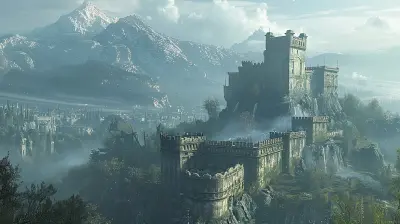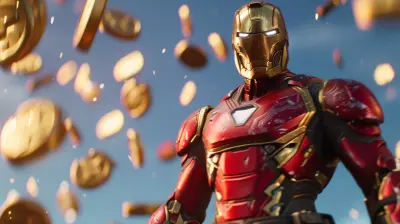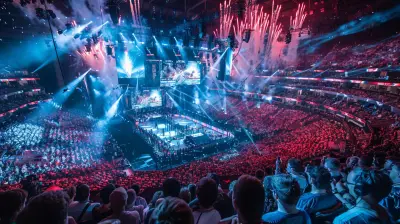The Art of Level Design: Creating Immersive Worlds for Players
22 May 2025
When you boot up your favorite video game, what's the first thing that grabs you? Is it the jaw-dropping graphics? The heart-pounding soundtrack? Or perhaps the storylines that pull you into their universe? While all of these elements are vital, there’s one unsung hero that often operates behind the scenes, quietly shaping your experience: level design.
Level design is the not-so-secret sauce that turns a good game into a memorable one. It's the magic that stitches gameplay, visuals, and story together into a cohesive masterpiece. But what exactly makes great level design? How do developers create those immersive worlds that make you lose track of time? Let’s break it down together.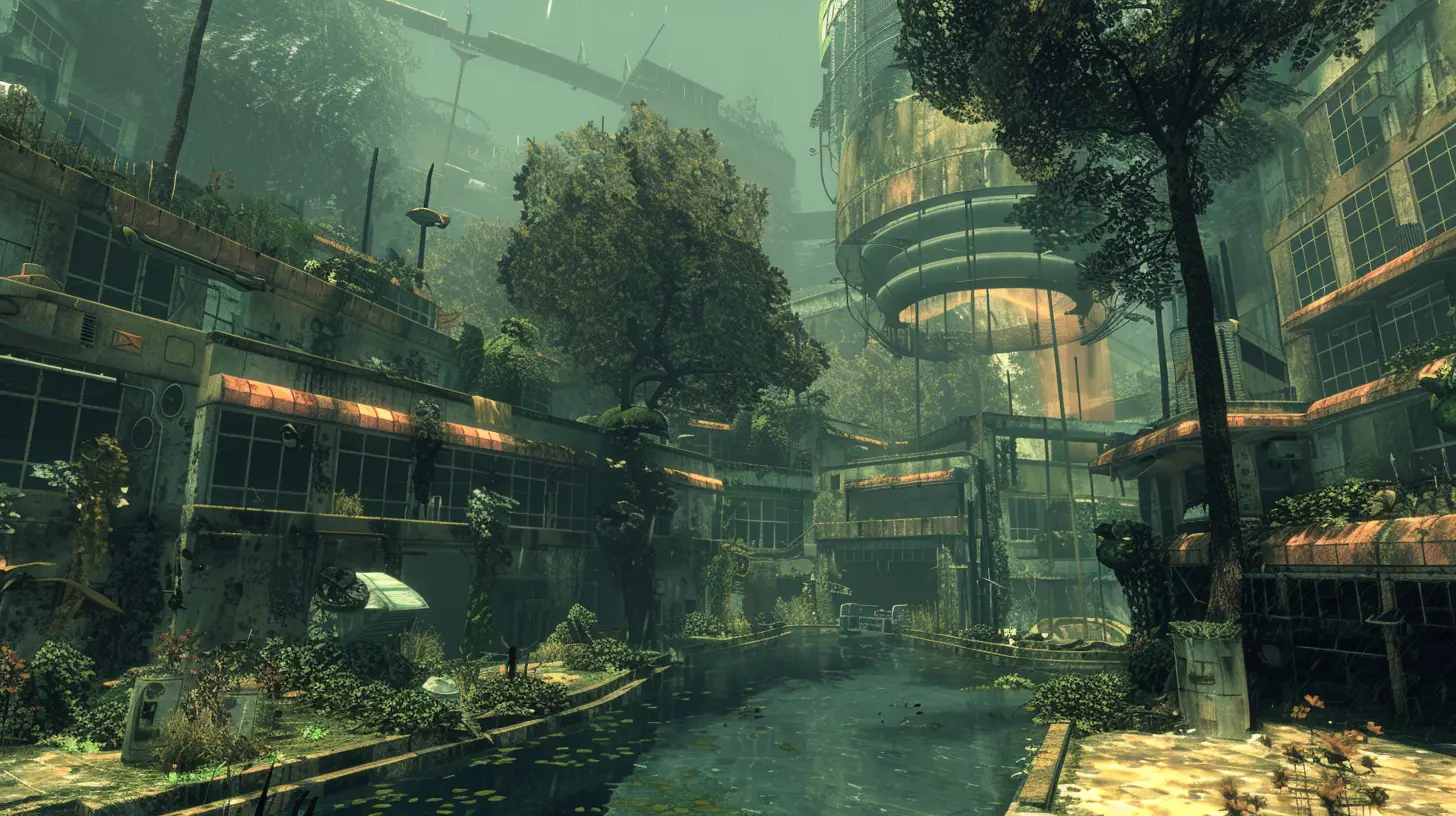
What Is Level Design?
Let’s start with the basics. Level design is the process of creating environments, spaces, and scenarios within a game. Think of it as the blueprint for how players interact with the game world. It’s not just about plopping down a few buildings or scattering enemies randomly across a map. Nope, it’s much deeper than that.Level designers meticulously craft spaces to guide players, challenge them, and reward their curiosity. They’re the architects behind the dungeons you explore, the cities you roam, and the battlefields where epic fights unfold. A well-designed level subtly tells you where to go, what to do, and how to feel—all without breaking the immersion. Cool, right?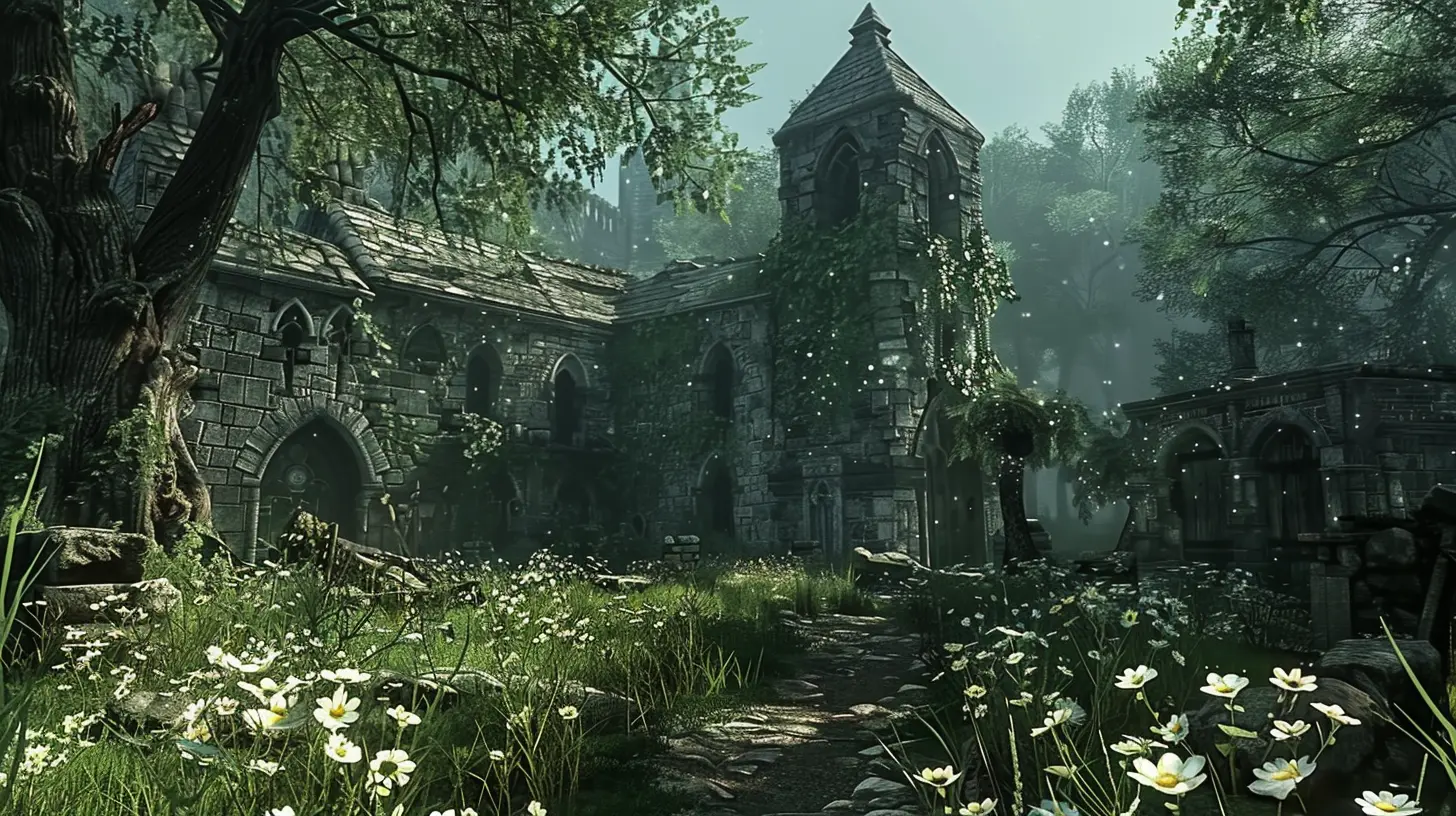
Why Level Design Matters
Imagine playing a game where you’re constantly lost, frustrated by poorly placed obstacles, or bored because the level feels repetitive. Sounds like a nightmare, doesn’t it? Bad level design can ruin an otherwise fantastic game, while outstanding level design can elevate even the simplest premise into something unforgettable.Here’s why level design is so crucial:
1. Player Engagement: Levels have to captivate the player’s interest and keep them invested from start to finish. A well-designed level provides just the right mix of difficulty and reward to keep players coming back for more.
2. Storytelling Through Space: Games are unique because they let you experience the story rather than just reading or watching it. Great level designers use the environment to tell a story—whether it's a crumbling castle that hints at a fallen kingdom or a cozy village that feels alive with history.
3. Flow and Progression: Like a great movie or book, games need pacing. Levels serve as chapters in a game's journey, each one building momentum and leading you naturally to the next.
The Core Elements of Great Level Design
So, what separates a forgettable level from an iconic one? The secret lies in balancing a variety of elements to create that perfect mix of fun, challenge, and immersion. Here are the key pillars that every great level designer focuses on:1. Player Guidance Without Hand-Holding
Ever notice how some games feel like they’re reading your mind? That's intentional. Great level design subtly guides players without outright telling them what to do. Designers use visual cues—like paths, lighting, or landmarks—to draw your attention.For example, in The Legend of Zelda: Breath of the Wild, high points on the map naturally attract players. Those towering peaks? They’re not just pretty; they’re breadcrumbs leading you to discover something amazing.
2. Balance Between Freedom and Structure
Nobody wants to feel like they’re running down a straight hallway, but total chaos isn't fun either. Great level design strikes a balance between giving players freedom and maintaining structure. Think about open-world games—while you can go anywhere, subtle boundaries and hints make sure you don’t stumble too far off track.3. Environmental Storytelling
The best levels don’t just look cool—they feel alive. Through clever design, a level can tell you a story without using a single word. Take Dark Souls, for instance. The abandoned castles and decaying ruins speak volumes about a world that's long past its prime.4. Challenge and Reward
Ever complete a tough puzzle or defeat a tricky boss and feel like you could conquer the world? That’s no accident. Great levels leave you with a sense of accomplishment, balancing difficulty with rewards to make sure players stay motivated.5. Immersion and Atmosphere
This one’s huge. The way a level looks, sounds, and feels can make a game world unforgettable. Designers use everything from lighting and textures to ambient sounds to create an atmosphere that draws players in and refuses to let go.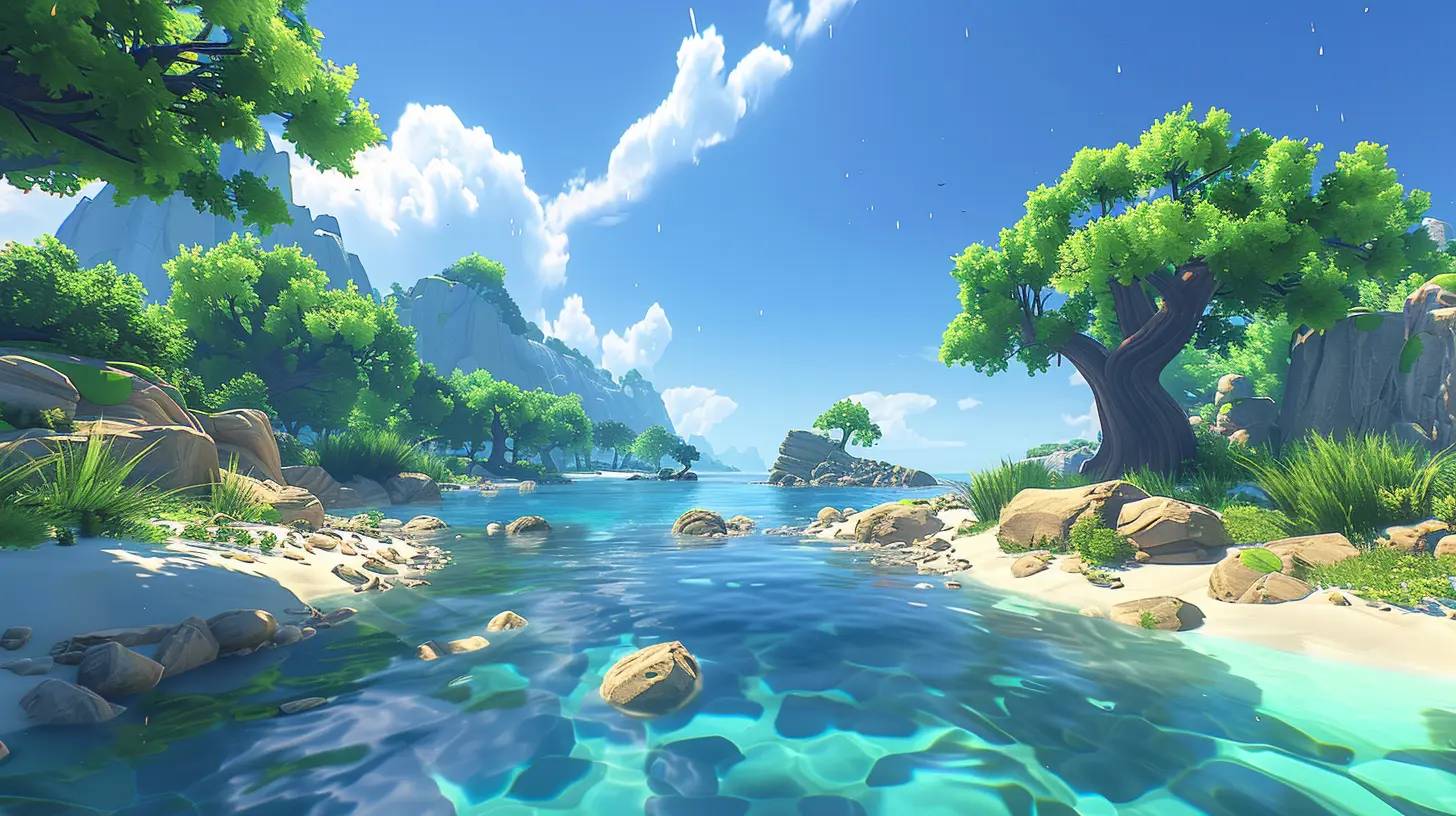
The Process of Creating Immersive Levels
Level design isn’t about throwing random ideas at a wall and seeing what sticks. It’s a deliberate, multi-step process that requires creativity and technical know-how. Let’s break it down:1. Conceptualization
Before anything gets built, designers sketch out ideas. They brainstorm the theme, atmosphere, and goals of the level. Is it a tense stealth mission? A sprawling hub world full of exploration? Every decision ties back to the game’s core mechanics and narrative.2. Prototyping
Once the ideas are fleshed out, designers create rough versions of the level using placeholder assets (sometimes called "greyboxing"). This step is all about testing how the level plays, tweaking the layout, and making sure everything feels right.3. Iterative Development
Good level design doesn’t happen overnight. Designers refine their work by playtesting, gathering feedback, and making adjustments. It’s a cycle of trial and error, but the result is worth it.4. Polishing and Detailing
Finally, designers add the finishing touches—textures, lighting, sound effects, and more. These details may seem small, but they make all the difference in creating an immersive experience.Iconic Examples of Level Design in Gaming
Let’s take a moment to appreciate some legendary levels that nailed it:- "City 17" in Half-Life 2: This level is a masterclass in environmental storytelling, guiding players through a dystopian cityscape while subtly teaching them game mechanics.
- "Hyrule Field" from The Legend of Zelda series: A perfect example of open-world design, encouraging exploration while maintaining a sense of direction.
- "Fort Frolic" in BioShock: This creepy, art-deco nightmare blends storytelling, atmosphere, and gameplay seamlessly.
How Players Influence Level Design
Fun fact: You play a bigger role in level design than you might think! Developers take player behavior seriously, analyzing how we interact with games to improve future designs. They look at heatmaps, completion rates, and feedback to understand what works (and what doesn’t).For instance, if most players keep missing a key area, designers might rework the layout to make it more intuitive. It’s a constant dialogue between creators and gamers.
The Future of Level Design
With VR, AR, and advancements in AI, the future of level design is exciting. Imagine levels that adapt in real-time based on your play style or environments so immersive, they feel like real places. As technology evolves, so too will the art of crafting the perfect game world.Final Thoughts
So, the next time you’re wandering through a beautifully designed level, take a moment to appreciate the artistry behind it. Level design is more than just decoration—it’s storytelling, psychology, and architecture rolled into one. It’s the invisible hand guiding your adventure, making sure every corner you turn feels fresh and exciting.Whether you’re scaling mountain peaks, solving intricate puzzles, or battling through hordes of enemies, remember: behind every great game is a level designer pouring their heart and soul into the experience. And honestly, where would we be without them?
all images in this post were generated using AI tools
Category:
Game DevelopmentAuthor:

Avril McDowney
Discussion
rate this article
3 comments
Lauren Spencer
Level design is a delicate dance of creativity and functionality. It shapes player experiences, weaving together challenge, exploration, and story. When executed with care, it elevates gameplay from mere mechanics to an immersive journey, inviting players to lose themselves in intricately crafted worlds that resonate long after they log off.
May 30, 2025 at 3:01 PM

Avril McDowney
Absolutely! Level design truly transforms gameplay into a memorable journey, blending creativity with functionality to engage players deeply. Thank you for highlighting its importance!
Seraphis Cole
Great insights on level design! It's incredible how thoughtful layouts and environmental storytelling can elevate player experiences. Excited to see how these principles evolve in future game worlds. Keep up the good work!
May 30, 2025 at 4:46 AM

Avril McDowney
Thank you! I'm glad you found the insights valuable. Exciting times ahead for level design!
Zephyrion Martinez
This article effectively highlights the intricate balance between aesthetics and gameplay in level design. By analyzing how environments can enhance narrative and player engagement, it underscores the importance of thoughtful layouts and interactivity. A well-designed level not only fosters immersion but also shapes player experiences, making it a critical element of game development.
May 23, 2025 at 2:36 AM

Avril McDowney
Thank you for your insightful feedback! I'm glad you found the article highlights the crucial relationship between aesthetics and gameplay in level design. Your thoughts on immersion and player experience truly resonate with the core message.
